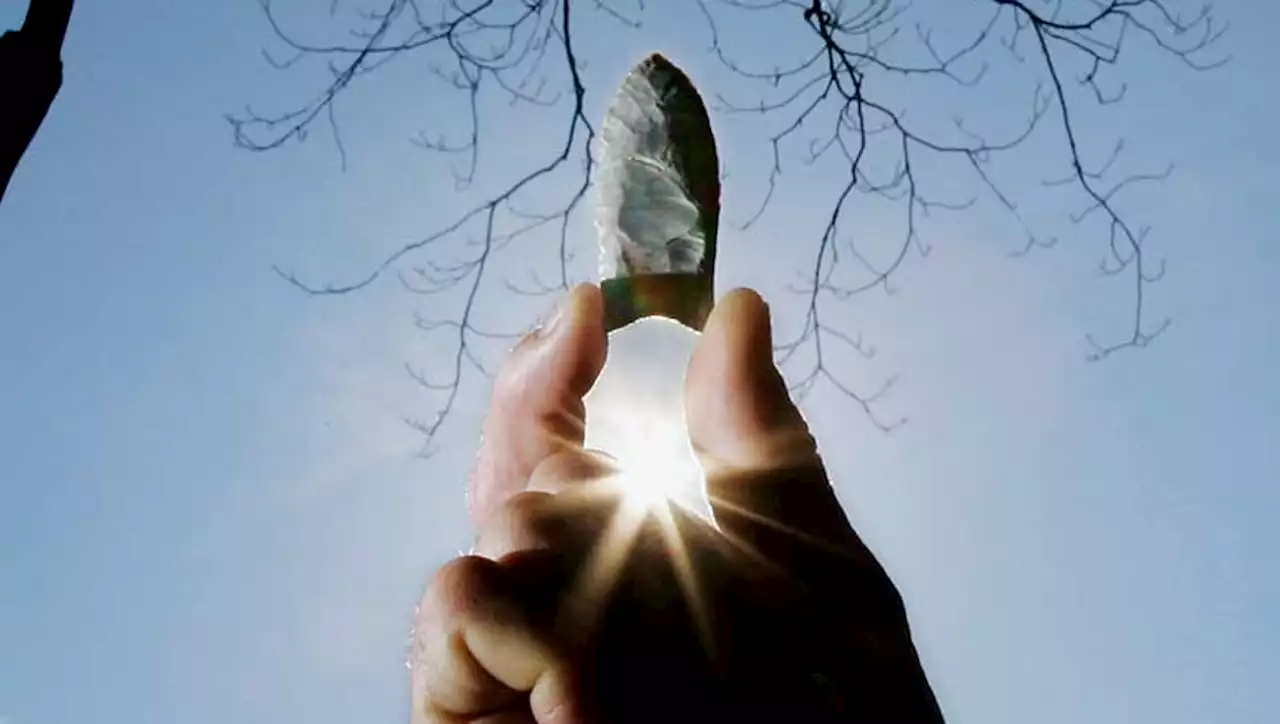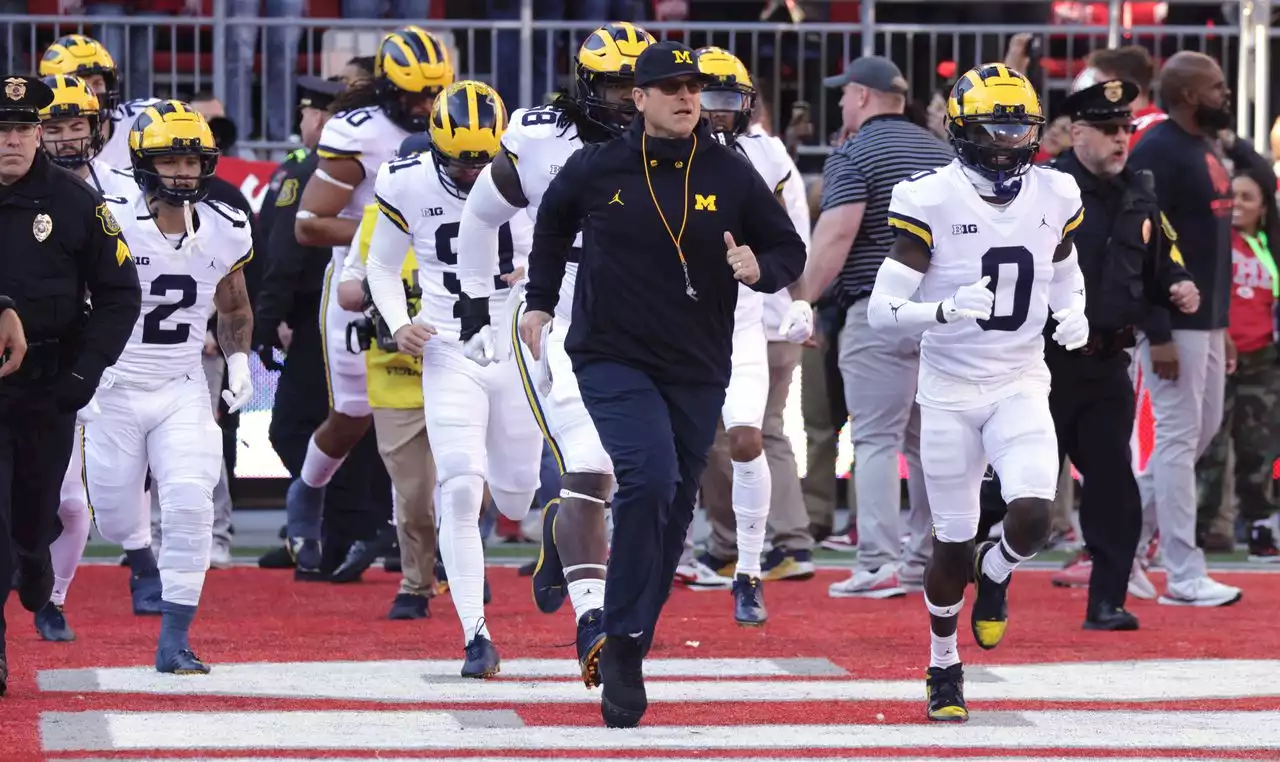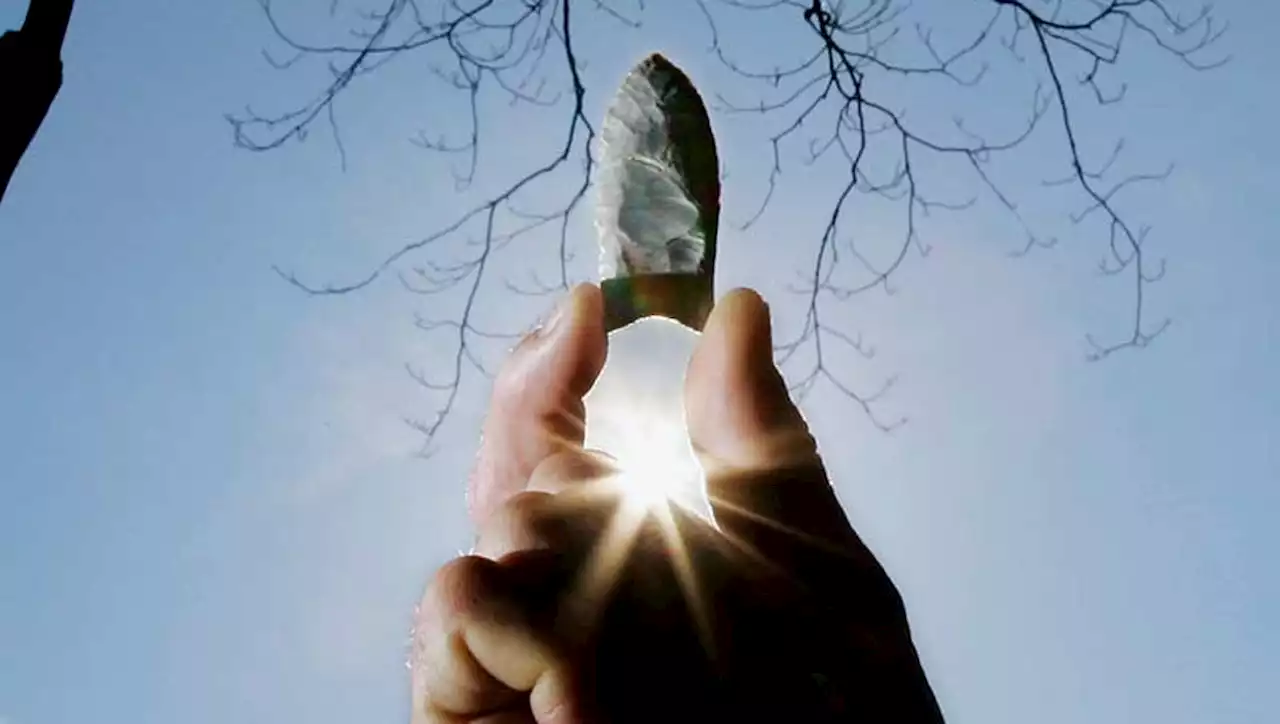One reason we haven’t found more Paleoindian sites in Ohio is because we’re not working hard enough to find them.
The Paleoindian period is the time between the arrival of the ancestors of the indigenous American Indians in the Ohio Valley, around 16,000 years ago, and the end of the Ice Age about 10,000 years ago. A new book,"
Stackelbeck and Maggard point out that most of what we know about Paleoindians in Kentucky, and this is true for Ohio as well, is based on isolated finds of Clovis and other kinds of Paleoindian spear points and studies of how they are distributed across the landscape. One reason we haven’t found more traces of these first Americans is that there simply weren’t that many people living here during this period of initial discovery and colonization. Stackelbeck and Maggard also consider the possibility that we haven’t found more Paleoindian sites because we’re not working hard enough to find them.
Although there is still a lot we don’t know, what can we say about the way of life of the first people in the Ohio Valley?
United States Latest News, United States Headlines
Similar News:You can also read news stories similar to this one that we have collected from other news sources.
 Kentucky study sheds light on Ohio's Ice Age American Indians | ArchaeologyLittle is known about Ohio's Ice Age American Indians but hints abound. Archaeologists should dig deeper, the author says.
Kentucky study sheds light on Ohio's Ice Age American Indians | ArchaeologyLittle is known about Ohio's Ice Age American Indians but hints abound. Archaeologists should dig deeper, the author says.
Read more »
World's oldest ice core could solve mystery of ‘flipped' ice age cyclesMore than two years after the discovery of the world’s oldest ice core, scientists published what they found about Earth's ancient atmosphere—with one particularly surprising finding. ScienceMagArchives
Read more »
 Michigan football players plant flag at midfield logo of Ohio Stadium after blowing out Ohio StateAfter beating Ohio State by 22 points on Saturday, Michigan players celebrated by planting a flag at midfield of Ohio Stadium just like Baker Mayfield and Oklahoma did five years ago.
Michigan football players plant flag at midfield logo of Ohio Stadium after blowing out Ohio StateAfter beating Ohio State by 22 points on Saturday, Michigan players celebrated by planting a flag at midfield of Ohio Stadium just like Baker Mayfield and Oklahoma did five years ago.
Read more »
